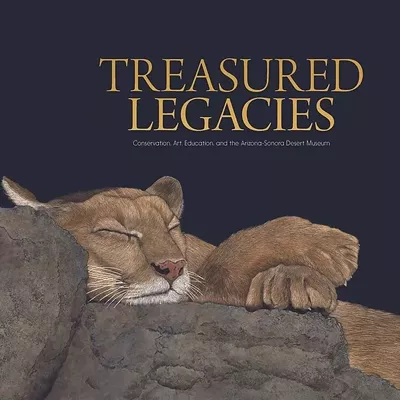A new collection of essays, The Oldest We've Ever Been: Seven True Stories of Midlife Transitions, is perhaps a harbinger of books to come, introducing us to baby boomers traversing their middle years. However, while these stories reflect the boomers' penchant for introspection, adventure and philosophical inquiry, this book is not primarily focused on boomers as boomers. Instead, it's much more about middle age itself, and some of the universal challenges and joys encountered there.
Edited by Maud Lavin, a professor at the School of the Art Institute of Chicago, this anthology opens with its most unusual and funniest entry, William Davies King's ambivalent examination of middle-age identity as mirrored by his vast and bewildering collection of consumer memorabilia: grocery labels (17,000 to 18,000 and counting); price-code stickers; chopsticks wrappers; "inspected by" tags; toothpaste, cereal and bacon boxes; bottle caps; envelope linings; "place stamp here" squares ... well, you get the picture.
As a child, King began collecting found objects--stones, squirrel skulls, travel brochures, etc.--as a way of dealing, he writes, with a sizeable amount of prepubescent angst. As he grew older, his collecting picked up steam, focusing on "undervalued, neglected, discarded things, tokens of my self-pity." Now, in middle age, King, a California theater professor, reports being sometimes comforted, sometimes choked by his "burgeoning collection full of emptiness."
Pondering whether this accumulation is an art form or a sign of illness, King comes up with all kinds of possible explanations for his compulsion, including a perplexing theory regarding his attraction to the "renewed and adorable life I find in a dead and despised object." Ultimately, however, he's not quite sure what to make of it, but he does know that his daughters appreciate certain aspects of his collecting; the women he dates are generally less than charmed by it; and his immense assemblage is a fairly accurate--and conspicuous--reflection of himself.
"Middle age," he tells us, "is like a one-person show--an opening, at which you are seen for the first time as more than a glimmer. You are you, locked in as a brand name. And the critics will be there."
Ellen McMahon, an associate professor in the University of Arizona's Art Department, asserts that middle age can also be a time of identity transformation. McMahon vividly chronicles her efforts to parent her precocious, strong-willed teenage daughter and navigate the turbulent waters of menopause against the backdrop of a disintegrating marriage. Writing that menopause is often a time when "the unsettled psychic issues from a woman's adolescence return for a final reckoning," McMahon tells of her growing self-honesty as she and her daughter evolve into new stages of life.
As you might suspect, the majority of the stories touch on the growing presence of death in middle age. The most moving of these is New York writer Kim Larsen's account of a close friend, Laurel, who, in her mid-40s, developed an especially virulent form of cancer. Laurel's illness solidified and deepened what had been an up-and-down relationship, and her candor in the face of death makes her a powerful source of wisdom.
The book concludes with my favorite story, a tale by Lavin and Chicago lawyer Locke Bowman of love rediscovered. Lavin and Bowman met when they were freshmen at Harvard and quickly fell in love. They broke up while still undergraduates, but one evening in their early 40s, they reconvened for dinner and reminiscing. Their relationship began to reignite in a series of ingenuous and increasingly passionate e-mails that points to what is often a major difference between youthful and more mature love.
"In our 40s," Lavin writes, "we feel all the confusion and the mixed emotions hooked to the pull of attraction that we did at any age ... but ... we've also over the years acquired self-awareness. This combination makes us ... dazed, confused and articulate."
These stories, all beautifully crafted, are a thoroughly engrossing read. They're also, in keeping with the boomer zeitgeist, infused with a tenacious optimism.
"I know," writes McMahon, "from ample experience that I can do a lot wrong, and things will turn out all right anyway. And this is one of the great pleasures of being this age."







